In recent times, but especially within the past two years, there has been an increased concern about the rising prevalence of particular toxic misogynistic “influencers” online. The emergence of problematic “guru”-branded content creators is not a new phenomenon within the self-help industry, but the scale of certain clusters of harmful figures has been identified as a distinct challenge for parents, educators, researchers, as well as young people navigating key developmental life stages (Roberts and Wescott, 2024). In this report, the phenomenon of one such figure – Andrew Tate – will be addressed to contextualise relevant ongoing work on prosocial approaches to positive and healthy masculinity for boys within The Observatory project at the Anti-bullying Centre.
The core aim of this report is to provide a non-exhaustive insight into the rising threats posed by toxic and radical online influencers, current research insights and response strategies – all with the view to informing key stakeholders not limited to: teachers, parents/guardians, online regulators, policymakers and the wider research community.
This report contains the following three-part structure:
- Part one provides a descriptive overview of what will be termed the Andrew Tate phenomenon, in addition to its impact within an Irish context.
- Thereafter, part two summarises relevant key findings from the growing research literature to inform our understanding of the many factors perpetuating the (online) harms associated with this issue.
- Finally, part three identifies important future directions and emerging best practices when critically considering how to address toxic influencers in the classroom, in the home and within Irish society at large.


